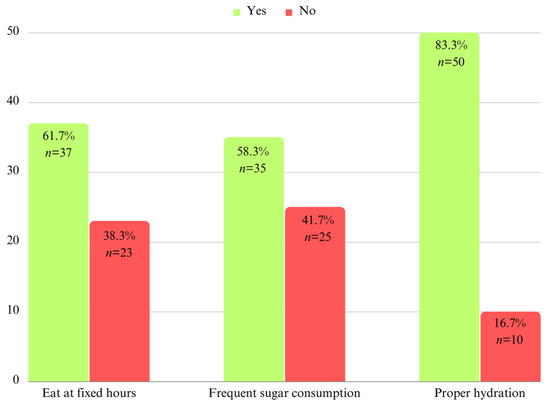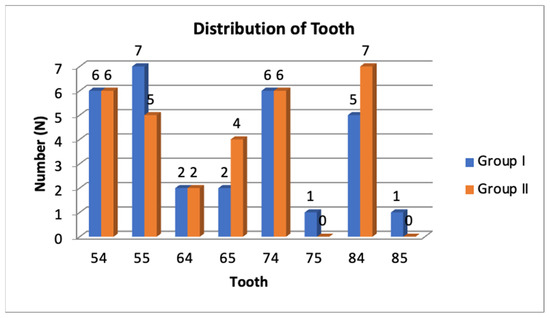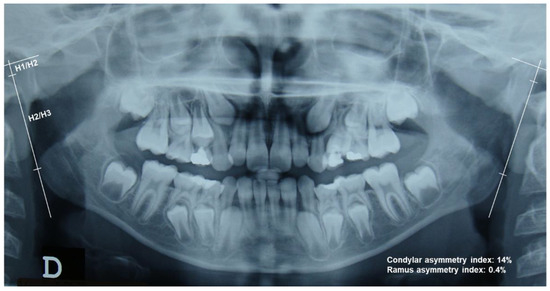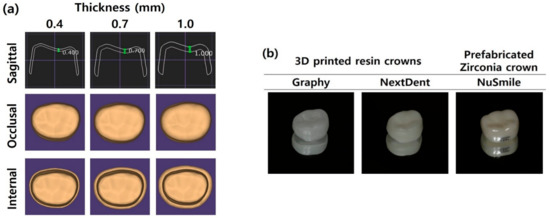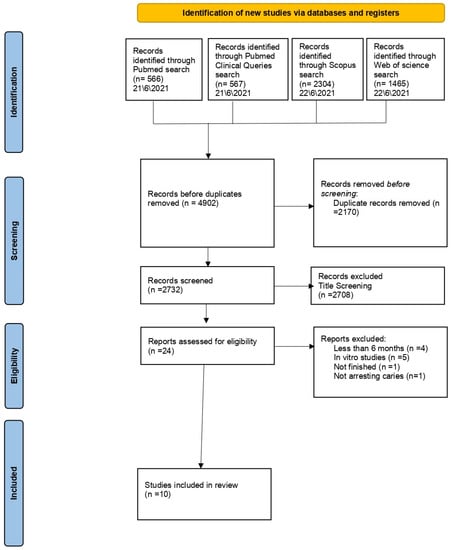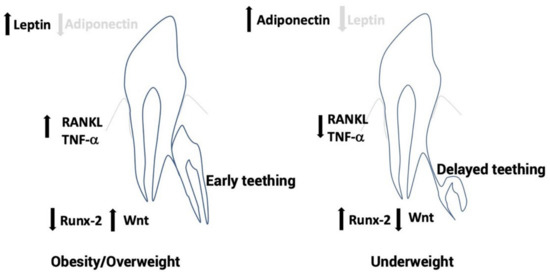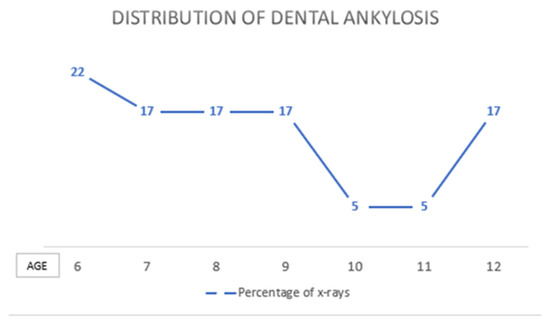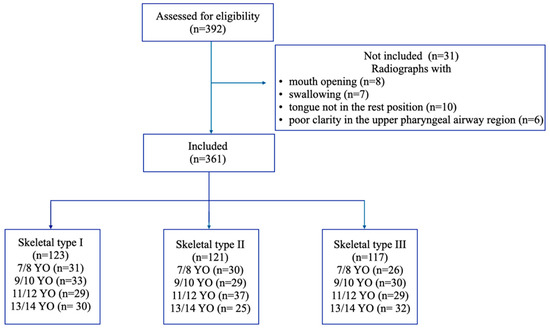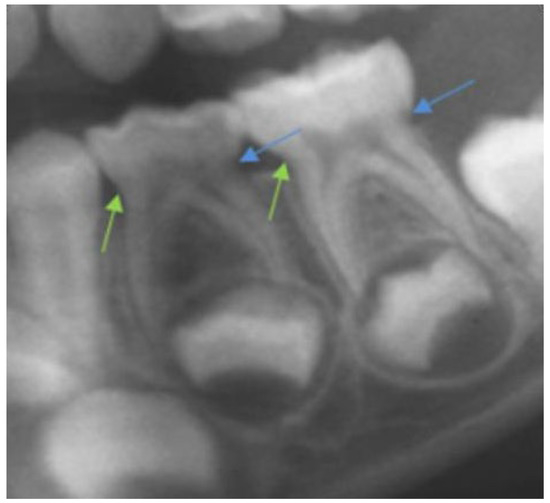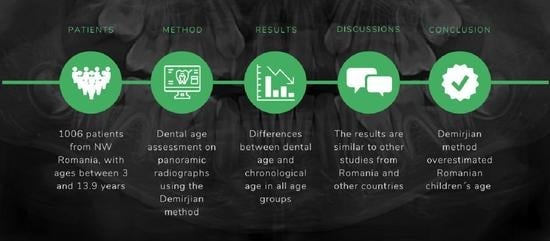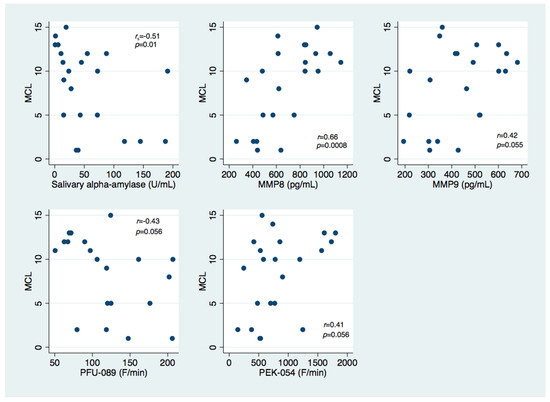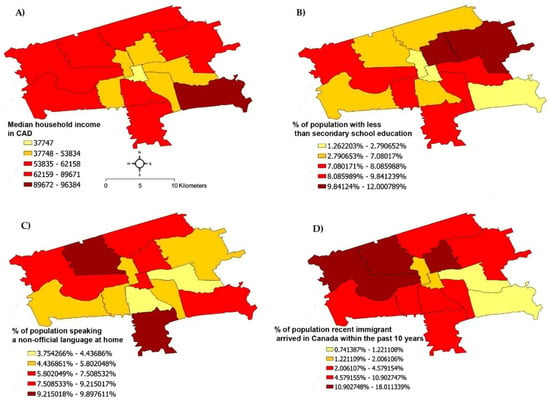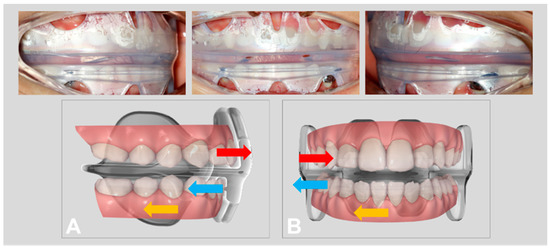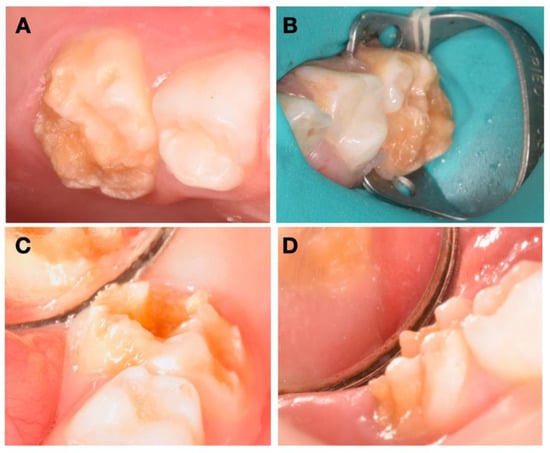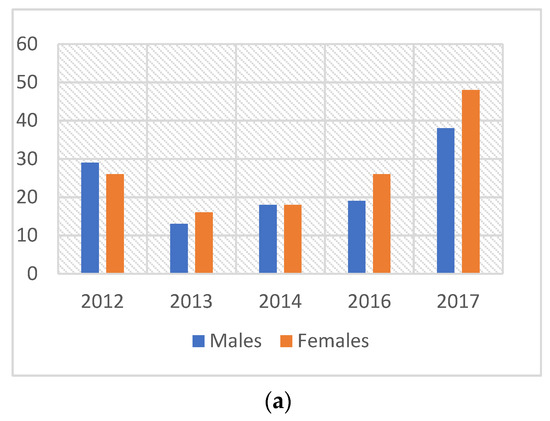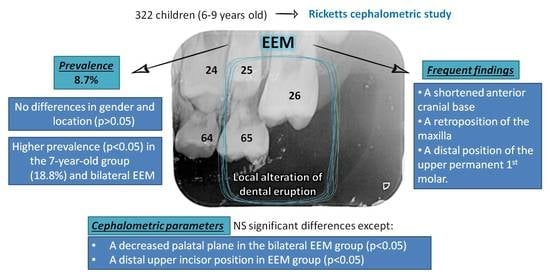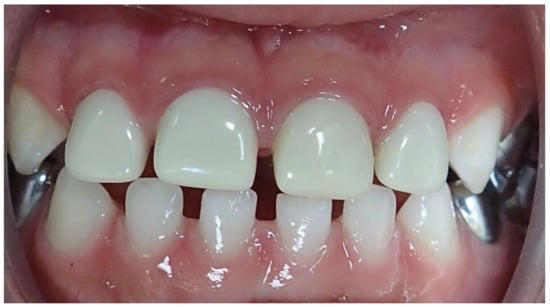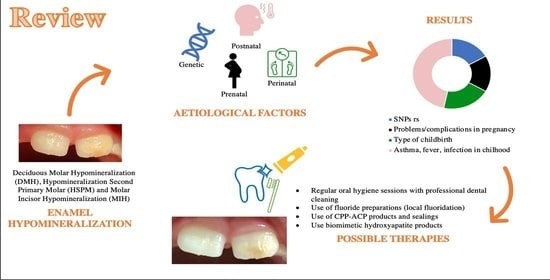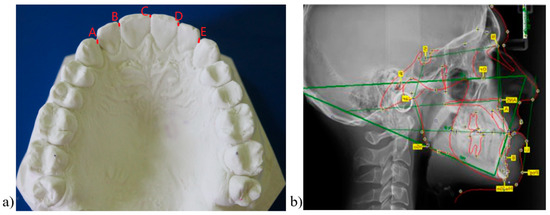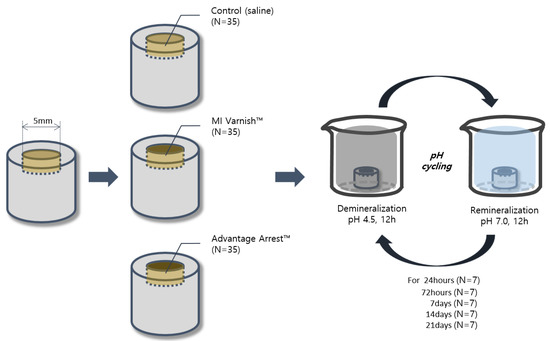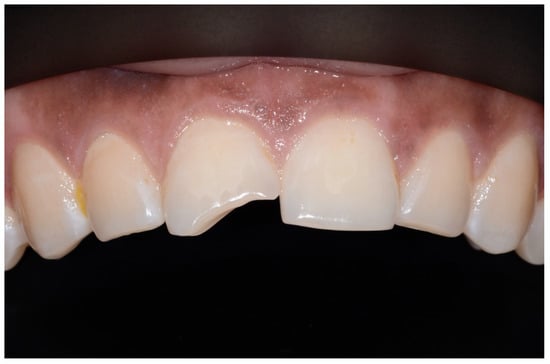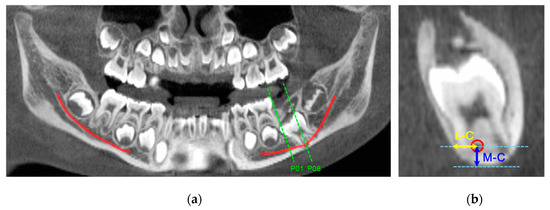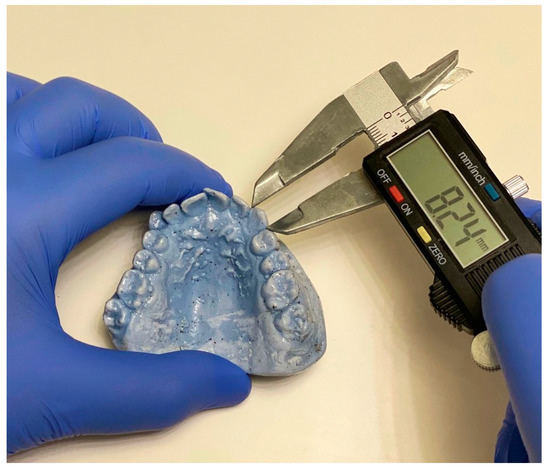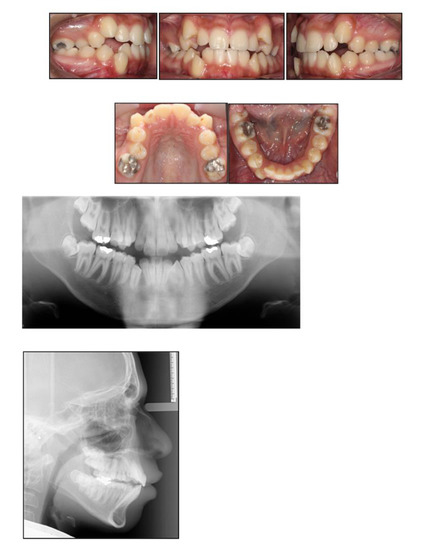Advance in Pediatric Dentistry
A topical collection in Children (ISSN 2227-9067). This collection belongs to the section "Pediatric Dentistry".
Viewed by 117469
Editor
Interests: dental public health; clinical pediatric dentistry; nonpharmacological techniques for managing children at the dental office; oral rehabilitation under general anesthesia
Special Issues, Collections and Topics in MDPI journals
Topical Collection Information
Dear Colleagues,
It is an honor to serve as the guest editor for this Special Issue of Children entitled, “Advance in Pediatric Dentistry”. Pediatric dentistry is a specialty that involves concepts and adapts techniques and procedures not only from general dentistry and other dental specialties, but also from general medicine and other medical specialties. Pediatric dentists are required to treat a broad range of diseases in infants, children, and adolescents, including those with special healthcare needs. Pediatric dentistry as an art and science is continually evolving, and with the new developments and advancements in both the theory and practice of pediatric dentistry, achieving the goal of providing quality dental care is made attainable for all patients from birth to 18 years of age.
I am inviting you all to consider submitting your manuscripts to this Special Issue to showcase your research, clinical work, and practice-related findings to a global audience. Manuscripts adopting the following methodology are welcome:
- Quantitative, qualitative, and mixed methods;
- Review articles: Narrative and systematic with and without a meta-analysis;
- Case reports examining a single or multiple individuals or events occurring in real-life settings;
- Short communications presenting new ideas, concepts or early interesting research results;
- Clinical practice papers sharing experience from the clinic.
I seek to attract contributions from academics and practitioners from diverse professional backgrounds. As the title implies, this Special Issue is particularly open to new developments, unconventional, or inspirational contributions that help to move dentistry for children forward.
Please, if you have a tentative title of your contribution, I would very much appreciate receiving it. I would encourage all of you to share this call for papers with colleagues who might be interested.
Prof. Dr. Ziad D. Baghdadi
Guest Editor
Manuscript Submission Information
Manuscripts should be submitted online at www.mdpi.com by registering and logging in to this website. Once you are registered, click here to go to the submission form. Manuscripts can be submitted until the deadline. All submissions that pass pre-check are peer-reviewed. Accepted papers will be published continuously in the journal (as soon as accepted) and will be listed together on the collection website. Research articles, review articles as well as short communications are invited. For planned papers, a title and short abstract (about 100 words) can be sent to the Editorial Office for announcement on this website.
Submitted manuscripts should not have been published previously, nor be under consideration for publication elsewhere (except conference proceedings papers). All manuscripts are thoroughly refereed through a single-blind peer-review process. A guide for authors and other relevant information for submission of manuscripts is available on the Instructions for Authors page. Children is an international peer-reviewed open access monthly journal published by MDPI.
Please visit the Instructions for Authors page before submitting a manuscript. The Article Processing Charge (APC) for publication in this open access journal is 2400 CHF (Swiss Francs). Submitted papers should be well formatted and use good English. Authors may use MDPI's English editing service prior to publication or during author revisions.
Keywords
- adolescent
- child
- dental care for children
- oral health
- pediatric dentistry






